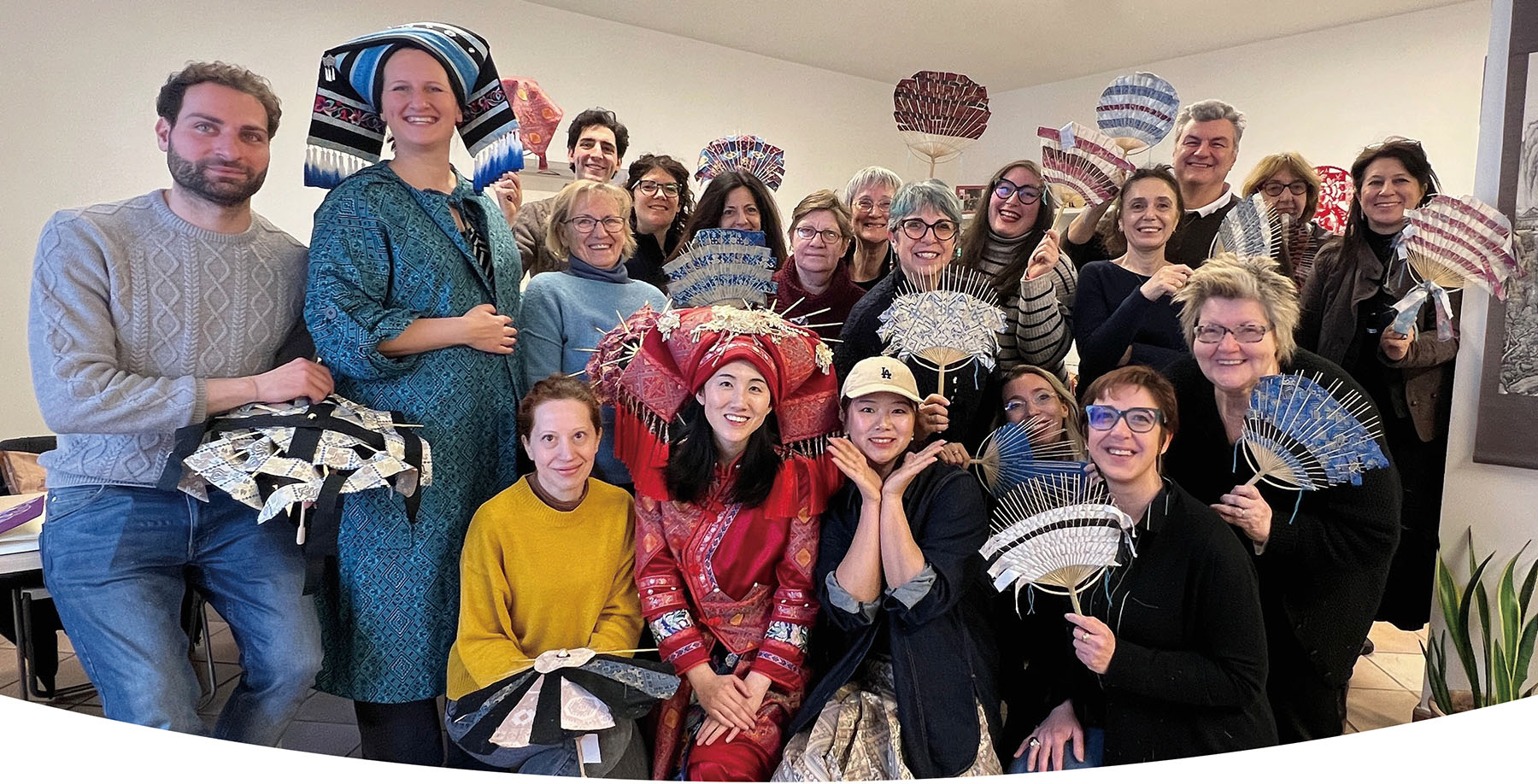Bold and globally minded, Chinese youth are seizing APEC platforms to introduce technology, culture, and creative businesses to international audiences worldwide.

As leaders and business representatives from 21 member economies gathered in Gyeongju, South Korea, for the 32nd APEC Economic Leaders' Meeting from Oct 31 to Nov 1, discussions on free trade and shared prosperity resonated far beyond the policy halls.
Across China, a new generation of entrepreneurs is looking outward, strengthening regional ties by bringing Chinese brands to the global stage.
Among them is Liu Fang, founder of Magic Founder, a Beijing-based consulting firm that helps Chinese technology companies expand overseas in fields such as electric vehicles, intelligent manufacturing, and modern agriculture.
Her team provides end-to-end services for Belt and Road and APEC-related projects, covering everything from initial setup to market entry.
With more than a decade of experience in international markets, Liu has observed a growing trend among Chinese companies venturing abroad.
"Today, going global is no longer limited to large corporations," she said. "Startups and medium-sized firms are also seizing the opportunity."
She noted that China's rapid progress in cutting-edge technologies has given rise to a new "born global" mindset.
READ MORE: Tradition finds a young voice
"From day one, many companies are already thinking internationally," Liu said. "They are expanding earlier and moving faster than ever before."
According to Liu, regional cooperation frameworks like APEC have played an important role in supporting these efforts.
"For example, lower tariffs on raw materials and components within member economies make cross-border collaboration more efficient," she said.
Based on her experience, Liu advises Chinese firms to adapt to local markets when expanding overseas.
"To succeed abroad, you must truly understand local consumers — their habits, preferences, and tastes," she said. "Many companies assume what works in China will work everywhere, but it won't. Going global is like starting a second business."
She recalled her previous work with Japanese and South Korean clients on smart recording devices and noticed striking differences in consumer expectations.
"South Korean customers valued stylish design and packaging, while Japanese users prioritized accuracy in transcription," she said. "That's why localization is such an essential process."
The same belief drives Zheng Huaiyu, founder of Transparkles, a Shenzhen-based game localization studio. His team has helped bring more than 100 titles — including the hit game Black Myth: Wukong — to players in Japan, South Korea, and other APEC member economies.
For Zheng, localization is not about literal translation but about conveying the emotion and culture behind the language.
"Developing cross-cultural communication talent is key to building a 'cultural expressway' — a path that supports deeper collaboration," he said. "Game localization is just one example, but it offers valuable lessons in translating not only words, but also cultural nuances."
Zheng believes true localization starts with constant curiosity.
"I try to stay immersed in information from different countries by reading posts online and thinking critically," he said. "It's about staying sharp and perceptive. Avoiding cliches and rigid formulas is what keeps creativity authentic."
Heritage revitalized
Beyond digital creativity, young Chinese are also introducing traditional culture to the world in innovative ways.
Cai Qing, a fashion photographer and founder of Loco Studio, has dedicated herself to blending China's intangible cultural heritage (ICH) with modern design.
Her journey began unexpectedly in 2023, when she helped organize a small handicraft fair in Dresden, Germany, featuring artisans from Yunnan province. The turnout surprised her: more than 200 visitors attended that afternoon, with volunteers traveling for hours by car or train just to help.
"The event was completely spontaneous, without any commercial plan — just a shared love for Chinese culture," Cai said. "I went abroad alone, but it soon became a collective effort. The volunteers' passion gave me the confidence to keep going."
Cai was also deeply moved by how foreign audiences engaged with Chinese crafts. She remembered an elderly visitor in his 70s who trembled as he cut the cloth during a Zhuang brocade workshop. "He said the fabric was too beautiful to cut," Cai recalled. "In that moment, I realized how heritage can truly connect hearts across borders."
For her, ICH is more than art — it's a living bridge between cultures and economies. "When people can see, touch, and even buy a craft, they build a lasting connection," she said. "Commercialization helps transform curiosity about ICH into genuine recognition and support."
As regional connectivity improves, Cai has seen greater potential for cultural exchanges. That potential became especially evident in February, when a new direct flight between Dali, Yunnan, and Bangkok cut travel time from 10 hours to just three.
Cai attended the flight's launch event and presented Dali tie-dye gifts to the Thai minister of the Prime Minister's Office — an emblem of how cultural and economic exchange can reinforce each other.
Looking ahead, Cai plans to establish ICH exchange centers in Paris and Milan this year to foster collaboration between Chinese artisans and international designers.
ALSO READ: Tradition without borders
She also hopes to engage more young people in the process.
"Chinese youth are becoming a driving force in bringing ICH overseas," Cai said. "They are combining traditional crafts with AI and modern design, and they are bold in reaching global audiences through exhibitions, workshops, and creative projects."
Their innovation and pride, she added, are giving new life to ancient traditions.
"The creativity and confidence of this generation make Chinese heritage feel alive, relevant, and full of potential on the global stage," she said.
Contact the writers at guojiatong@i21st.cn


